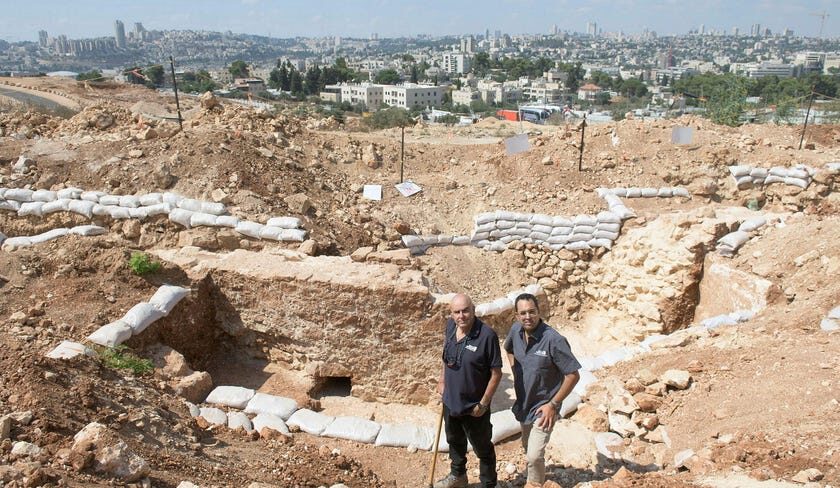
Researchers have attempted for about 150 years to decipher the secret of how the ancient city's huge water system brought water to Jerusalem during the Second Temple period (which ended in the year 70) and on into the late Roman period. In its time, it was the largest network of water infrastructure in the country.
Experts know about two aqueducts from those periods: the lower aqueduct, which supplied the Temple, and the upper aqueduct, which suppled the upper city - where the Jewish Quarter and the Armenian Quarter of the Old City are now situated. The two aqueducts carried water over considerable distances from Solomon's Pools in the Bethlehem area into Jerusalem's city walls. Small sections of aqueduct were discovered over the years, but the debate about their precise route - and particularly when they were built - continues.
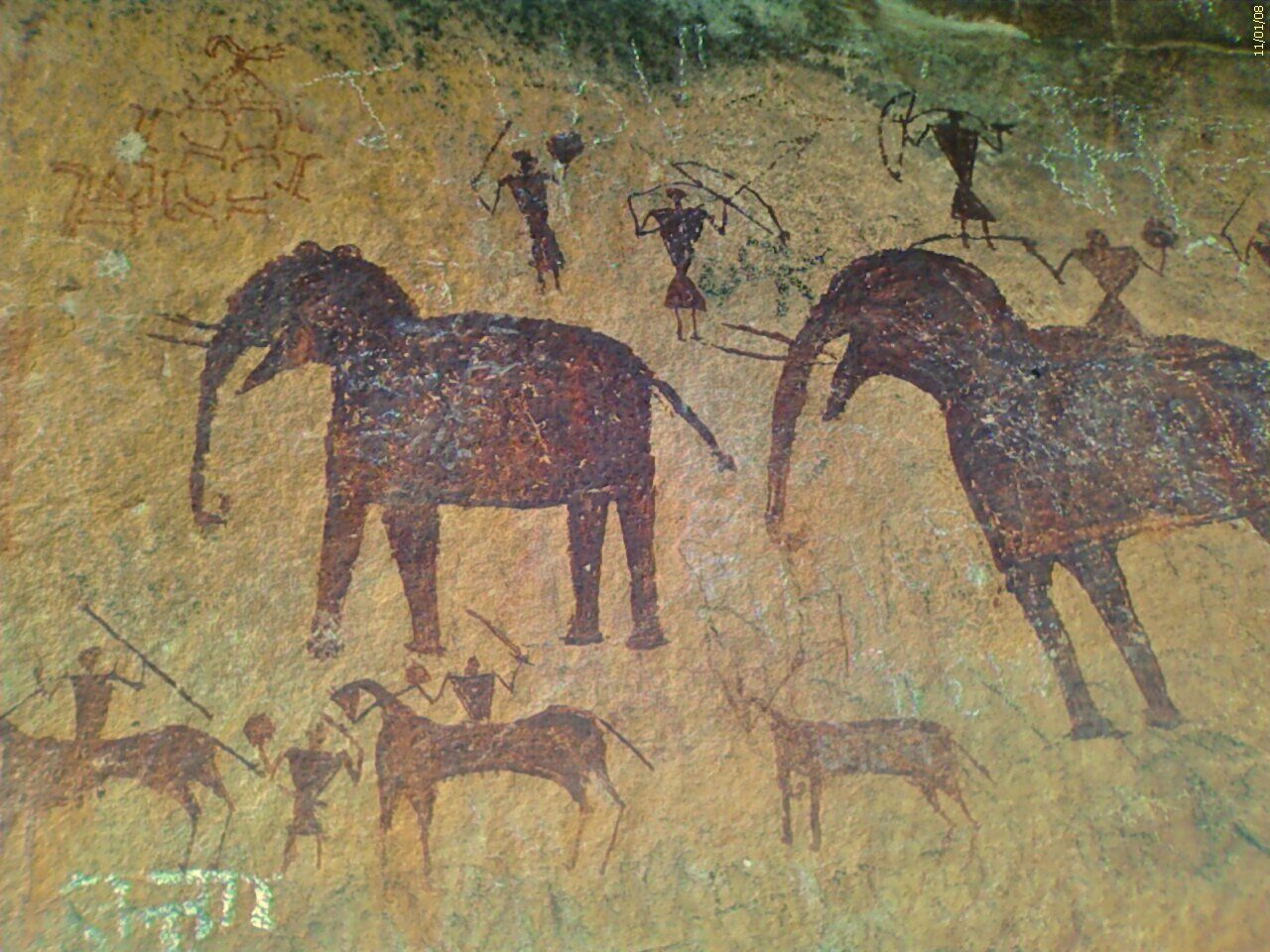
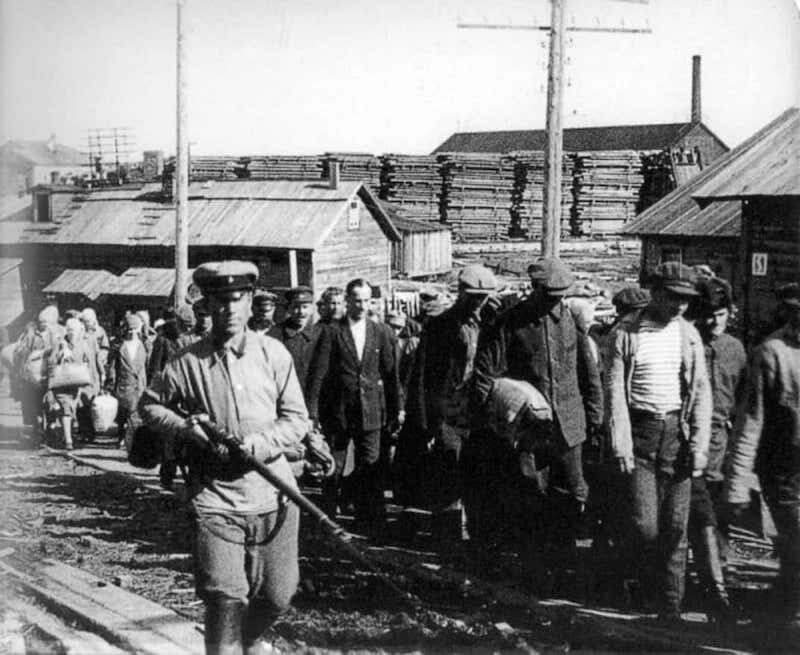

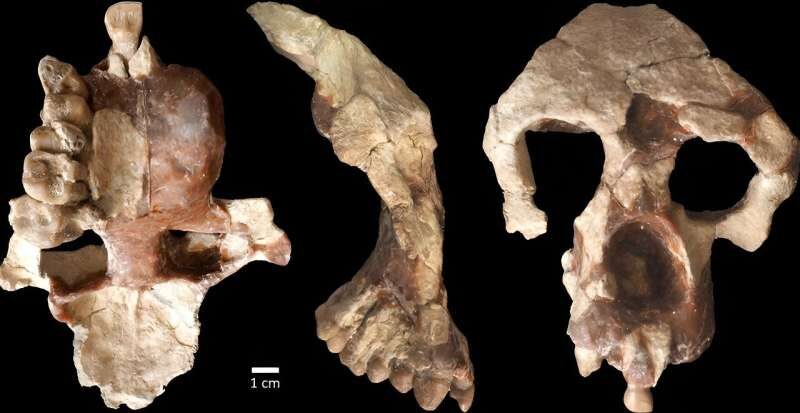
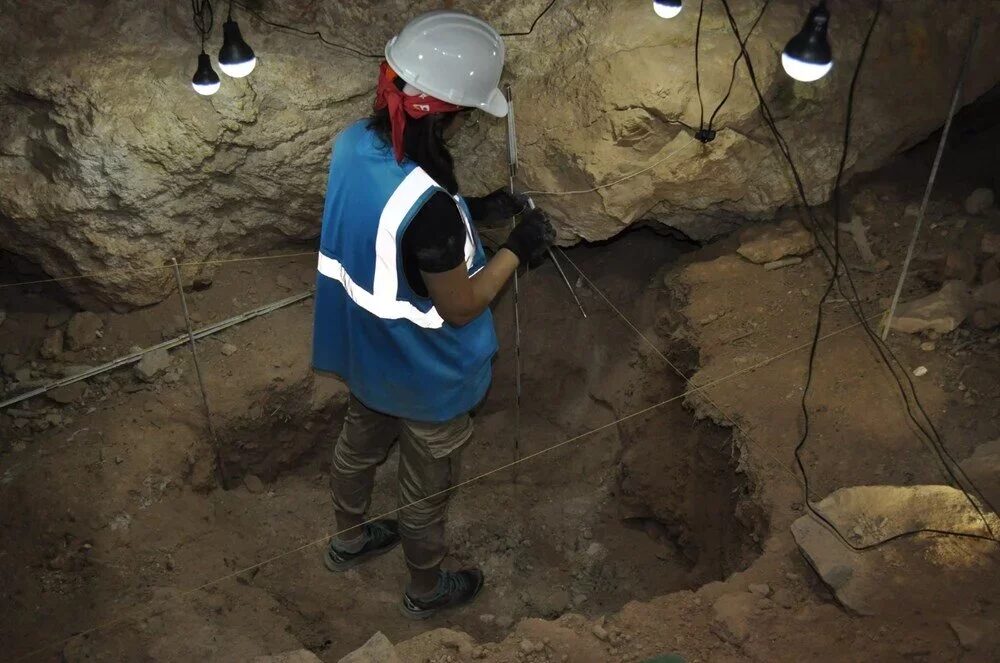

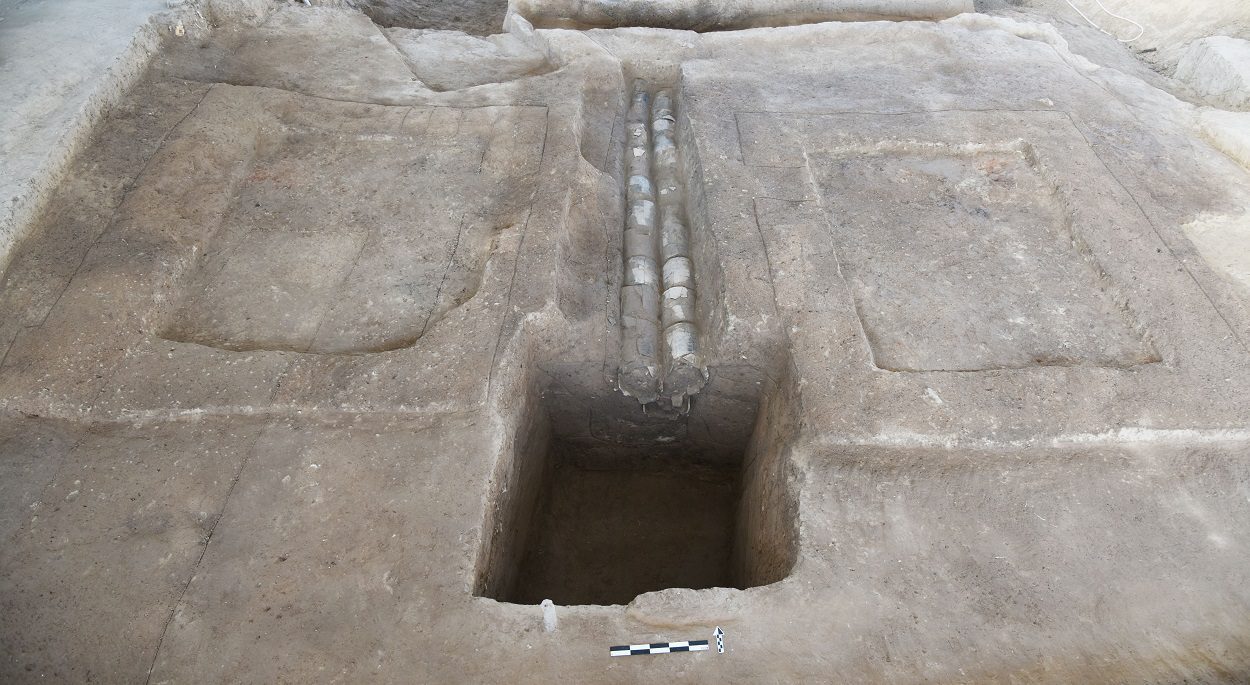
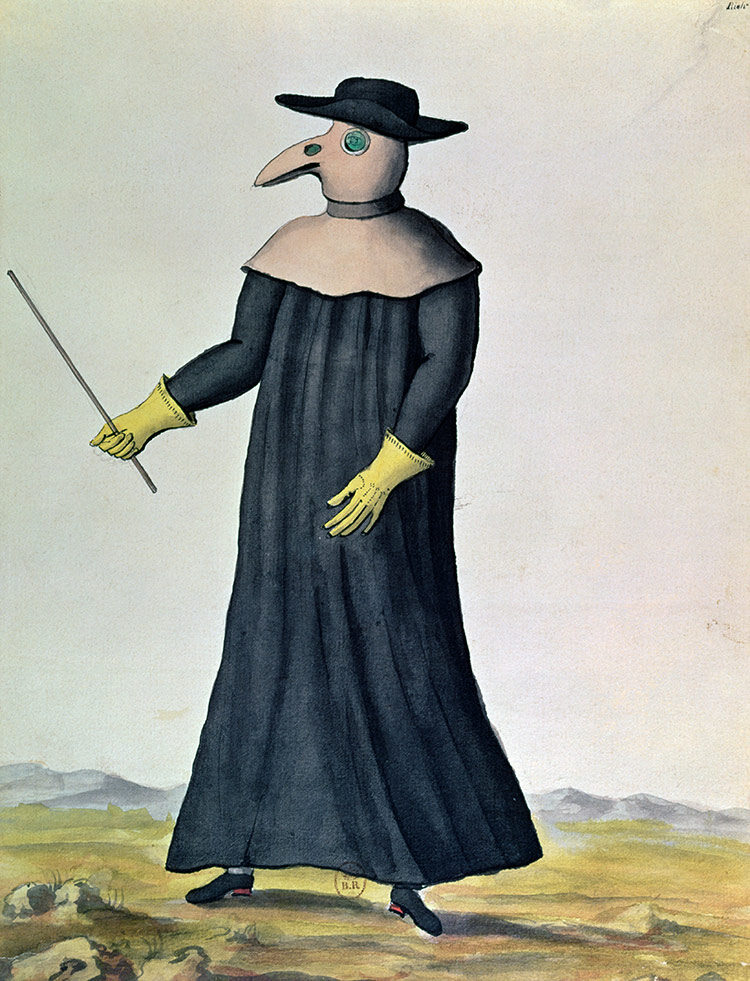
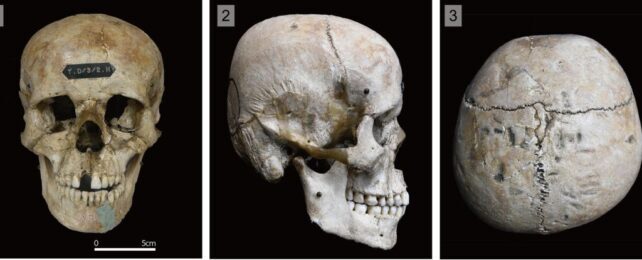



Comment: Recent studies reveal that our understanding of history and religion of the area is sorely lacking:
- Oink Vey! Evidence ancient Israelites ate pork revealed by pig skeleton in First Temple-period Jerusalem
- Judaism and Christianity - Two Thousand Years of Lies - 60 Years of State Terrorism
- The Arabian cradle of Zion: Moses, Muhammad, and Wahhabo-Zionism
- Polytheism and human sacrifice in early Israelite religion
- 3,000 year old drawing of god found in Sinai could undermine our entire idea of Judaism
Also check out SOTT radio's: